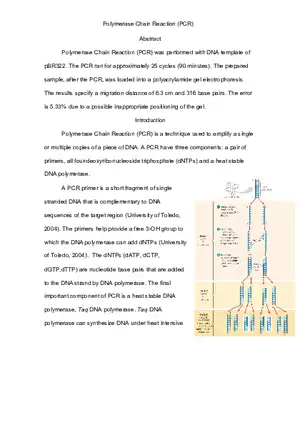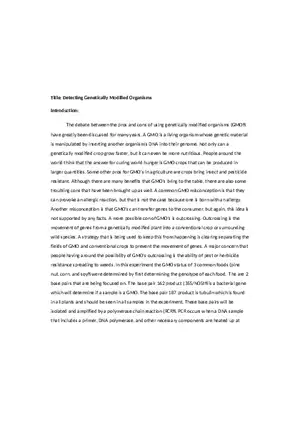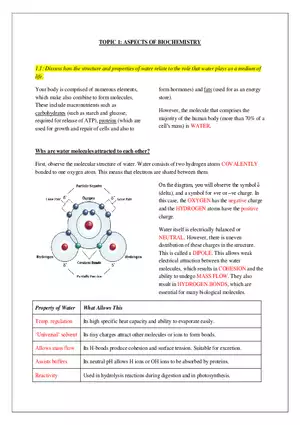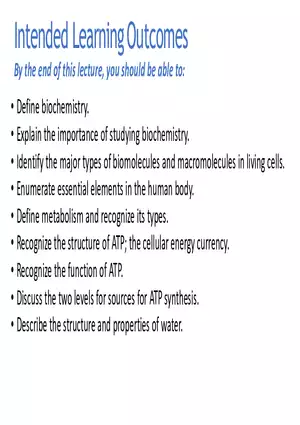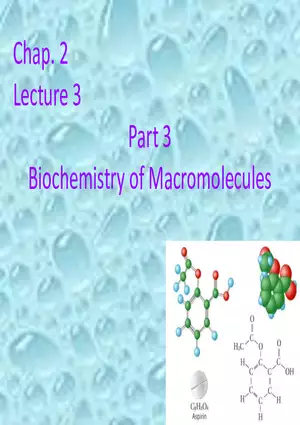Study Guide
Module 2: Lesson 2 Amino Acid Ionization
-
University:
Boston University -
Course:
CAS CH 373 | Principles of Biochemistry Academic year:
2022
-
Views:
0
Pages:
3
Author:
asia adams lemar
Related Documents
- Biochemistry (Lecture Notes)
- Biochemistry - Electron Transport Chain (Notes)
- Post Pituitary Gland
- Regulation and Control of Hormones
- Chromatography - Unit 3
- 5.07SC(F13) Problem Set 7 Solutions
- Lecture 10 Notes: Biochemical Transformations II
- Biochemistry Final Exam Hydrogen Bonds
- Anabolism I Carbohydrates
- Biochemistry Test 4 Questions 34 Answer Key
- Biochemistry Combination of Cofactors
- Biochemistry 1 Exam 1 Hydrogen Bonds Answer Key
- Biochemistry Old Exam Final
- Biochemistry Exam Il Hydrogen Bonds
- Biochemistry Exam 4
- BioChem 330 - Course Outline Metabolism and Bioenergetics (II) Part 2
- Problem Sets PW Problem Set NucAcids.
- Cell Fractionation - Unit 2
- Prolactin Hormone
- Biochemistry Hormones Final Notes
Report
Tell us what’s wrong with it:
Thanks, got it!
We will moderate it soon!
Report
Tell us what’s wrong with it:
Free up your schedule!
Our EduBirdie Experts Are Here for You 24/7! Just fill out a form and let us know how we can assist you.
Take 5 seconds to unlock
Enter your email below and get instant access to your document



